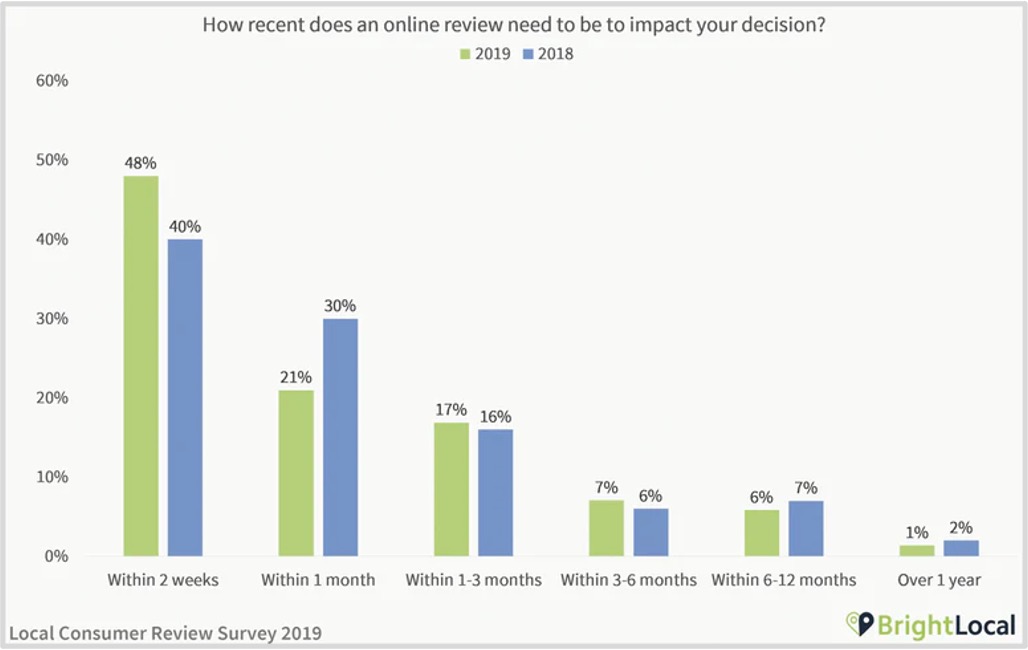Resources - Blog
How to Increase Amazon Product Reviews on Holiday Sales [Webinar Recap]

Stay on top of the latest e-commerce and marketplace trends.
Prime Day in Q4 started a wave of holiday shopping events. To compete with Prime Day on Oct. 13–14, retailers such as Target and Best Buy, launched their own early holiday promotions on the same dates to leverage their products during a high-volume of online shoppers. Shortly after Prime Day, retailers launched additional shopping events in October and sales are expected to run through December.
Considering the rise in holiday promotions this Q4, and the massive volume of online search traffic, it is essential to establish a review strategy this holiday season. Increasing product reviews will improve organic search rankings and drive more conversions — 79% of consumers go to Amazon to check reviews prior to making a purchase, per Feedvisor data.
Reviews also build brand credibility and can encourage on-the-fence shoppers to purchase from a brand that has many positive reviews instead of its competitors who lack the same standards. A trustworthy brand can incentivize repeat purchases and establish brand loyalty. Developing a review strategy will help brands differentiate themselves among the competition in a highly competitive Q4 and increase their holiday sales.
In this webinar, Amazon Q4: How to Increase Reviews on Holiday Sales, Colleen Quattlebaum of eComEngine offers insights on the importance of product reviews, describes how to leverage holiday sales to gain more reviews, and provides tips that will help reduce negative reviews this holiday season.
The Importance of Product Reviews
Product reviews offer the following benefits:
– Improve organic search rankings
– Enhance advertising efforts
– Increase conversions
– Build a seller’s brand
– Improve brand credibility
– Provide insight on customer satisfaction
– Help determine inventory levels
Reviews and Star Rating Requirements
Each product ASIN should have a minimum of 15 customer reviews and a 3.5 star rating. However, we strongly recommend leveraging products with a 4-star rating this holiday season to gain a competitive edge. The most successful brands have hundreds, if not thousands, of product reviews. It is critical to strive for more than the minimum requirements for a seller to grow their brand and establish credibility.
Shoppers Value Recency

The majority (84%) of consumers believe that online reviews older than three months are no longer relevant, according to BrightLocal. As the chart portrays above, the value of product reviews decreases the older the review is. If a shopper is on the fence about purchasing a product between two brands who have a similar amount of reviews, the brand with the most recent reviews will likely gain the sale. Brands who have recent product reviews will stand out among their competitors and drive more shoppers to purchase their items
How to Increase Reviews
This is a simple yet essential step in increasing product reviews — ask for reviews from customers after every transaction. Brands receive 3x–10x more reviews when they ask their buyers. Nearly 80% of reviews are left after the buyer receives an email asking for a review, according to PowerReviews. Sellers have 30 days to ask their customers for a review and customers have 90 days to submit their feedback after their purchase.
To request a review from recent customers, you can utilize either buyer-seller messaging (BSM) or the Request a Review button on Amazon. Buyer-seller messaging enables sellers to include their logo, send customized messages (within Amazon’s guidelines), provide ASIN-specific messages, and use third-party tools that can automate the process.
The request a review button is also a valuable option, as it includes the brand’s name, image of the item purchased, the message is automatically translated into the buyer’s language of preference, and Amazon sends the message on a seller’s behalf. You can also automate this process by using an external tool, such as eComEngine’s FeedbackFive tool.
Tips to Reduce Negative Reviews This Holiday Season
1. Optimize Listings: Make sure your listings are clear and accurate, as it is critical not to deceive the buyer or you otherwise risk receiving a negative review. A large amount of negative reviews will severely damage a seller’s credibility and discourage shoppers to purchase from your brand.
2. Comment Publicly on Reviews: Commenting on reviews is a great way for sellers to show their customers and future buyers that they value feedback and will help resolve any product issues. Whether a review is positive or negative, commenting on reviews will enable sellers to show their concern for their customers’ experience.
3. Set up Review Alerts: Sellers can utilize an automation tool to set up alerts that will allow them to respond to customer feedback immediately. This is especially important for negative reviews. as a seller can resolve a customer’s issue with their product and could lead to the shopper removing the negative review and submitting a new, positive review.
4. Monitor and Learn from Reviews: Reading reviews will offer valuable insights. A seller could have defective SKUs, there could be a problem with the product packaging, or customers could be experiencing delays in delivery. All in all, reviewing customer reviews will help sellers address product concerns, make improvements, and drive brand growth.
For the full presentation and in-depth information on how to fuel your review strategy for upcoming holiday shopping events, view our webinar with eComEngine.
Learn what Feedvisor can do for your business.
When you partner with Feedvisor, you automatically receive access to our true, AI-driven technology and hands-on team of e-commerce experts. Contact one of our team members today to learn more about our end-to-end solution for brands and large sellers on Amazon, Walmart, and e-marketplaces.




